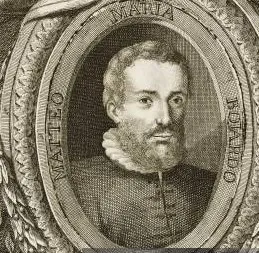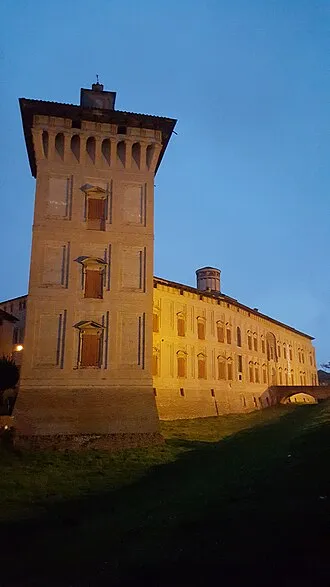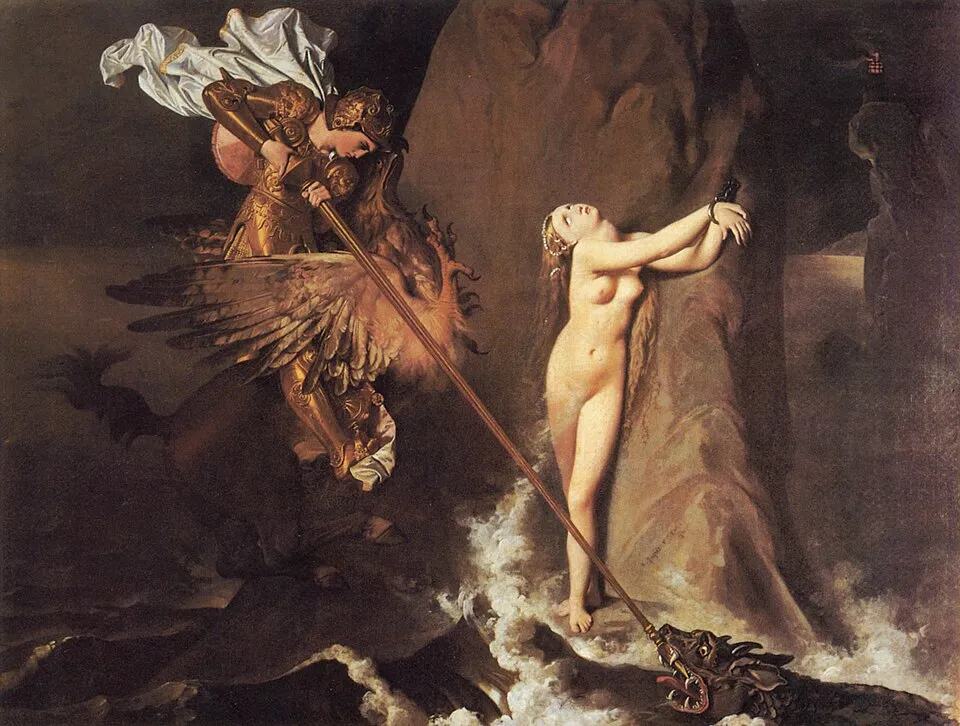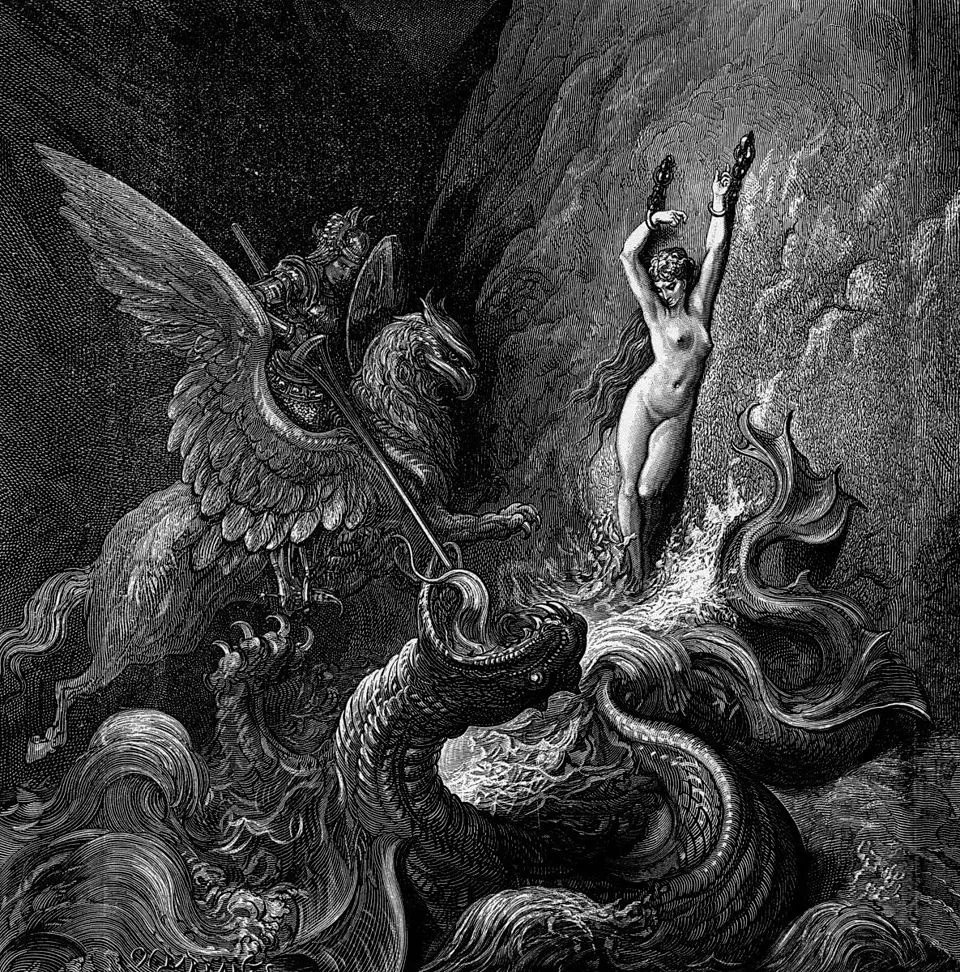(Angelo Paratico) Matteo Maria Boiardo (1434/41 – 19/20 December 1494) was a renowned Renaissance poet. He was born in Scandiano, Reggio Emilia, Italy (about 120 km from Verona, and was a contemporary of Leonardo da Vinci. His masterpiece, Orlando Innamorato (Orlando in Love), is often quoted in modern Italy but seldom read. He was born into nobility and, as Count of Scandiano, was lord of Arceto, Casalgrande, Gesso, and Torricella. In his youth, he earned a degree from the University of Ferrara, mastering Greek and Latin, and apparently even some Oriental languages. Boiardo was an ideal example of a gifted and accomplished courtier, possessing both a courageous spirit and profound humanistic learning.

The heroine of Orlando Innamorato, a chivalric and fantastic poem, is called Angelica. She is said to be the daughter of the King of China, Galafrone, who arrives in France on a mission with her brother. Matteo Boiardo mentions China (Cataio) five times in his poem.
Ella rispose: «Io voglio che portate
Tra l’India e Tartaria questo prigione,
Dentro al Cataio, in quella gran citate,
Ove regna il mio padre Galafrone;
The poem was first published in 1483, but the third and final part was missing. Despite this, it soon became a bestseller, going through sixteen editions, but then remained almost forgotten for three centuries. Perhaps this was due to Ludovico Ariosto, who wrote the sequel, considered superior to Boiardo’s, namely Orlando Furioso (Orlando’s Rage). The final edition of Boiardo’s poem, with the missing parts, was published posthumously in 1495. The oldest copy in our possession is by Piero de Plasiis, dated 1487, in two books, kept at the Biblioteca Marciana in Venice.

Angelica, the beautiful Chinese ambassador, appears at the French court of Charlemagne, asking for help against her father’s enemies. Orlando immediately falls madly in love with her and then follows her back to Tartary, where he defends her from the persistent courtship of the Tartar king, Agricante, who wishes to force her into marriage, and even fights his own cousin Rinaldo.

Why did Matteo Boiardo choose a Chinese princess as an example of irresistible beauty? Was it merely exoticism or a passion for mystery? We cannot give a clear answer, but, as I have written in my book dedicated to the possible Chinese origin of Leonardo da Vinci’s mother, there were some Chinese domestic slaves during Renaissance Italy – the flow ceased only with the fall of Byzantium to the Turks in 1453—imported through Crimea.
Perhaps one of them, a young Chinese slave, greatly impressed the great Italian poet, inspiring him to transform her into a princess.














